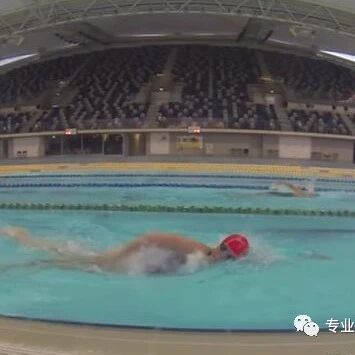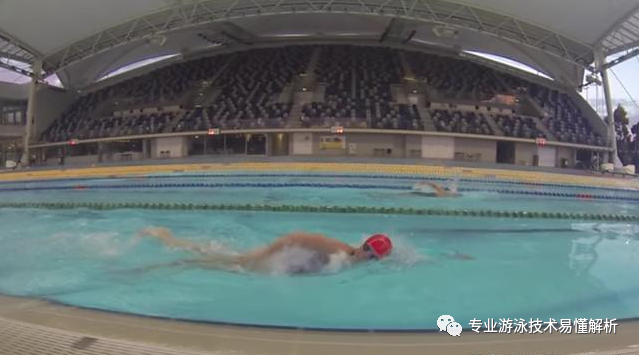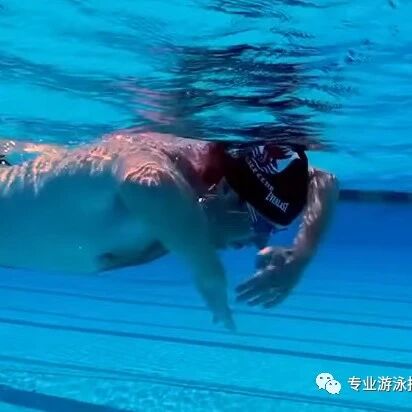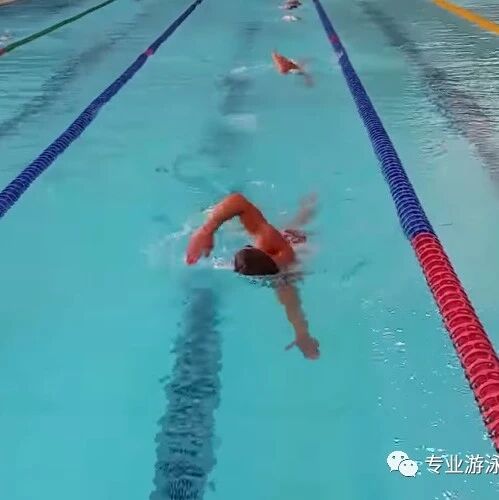Learn the technique to unlock your arms, making your swim smoother and more efficient.
•5 min read


Related Articles

Swimming
Why does swimming become more obsessive the harder you push yourself? Analyzing the relationship between muscular symmetry and postural alignment.

Swimming
Why do you run out of breath more quickly when swimming freestyle? Breathing mistakes that are hard to spot intuitively

Swimming